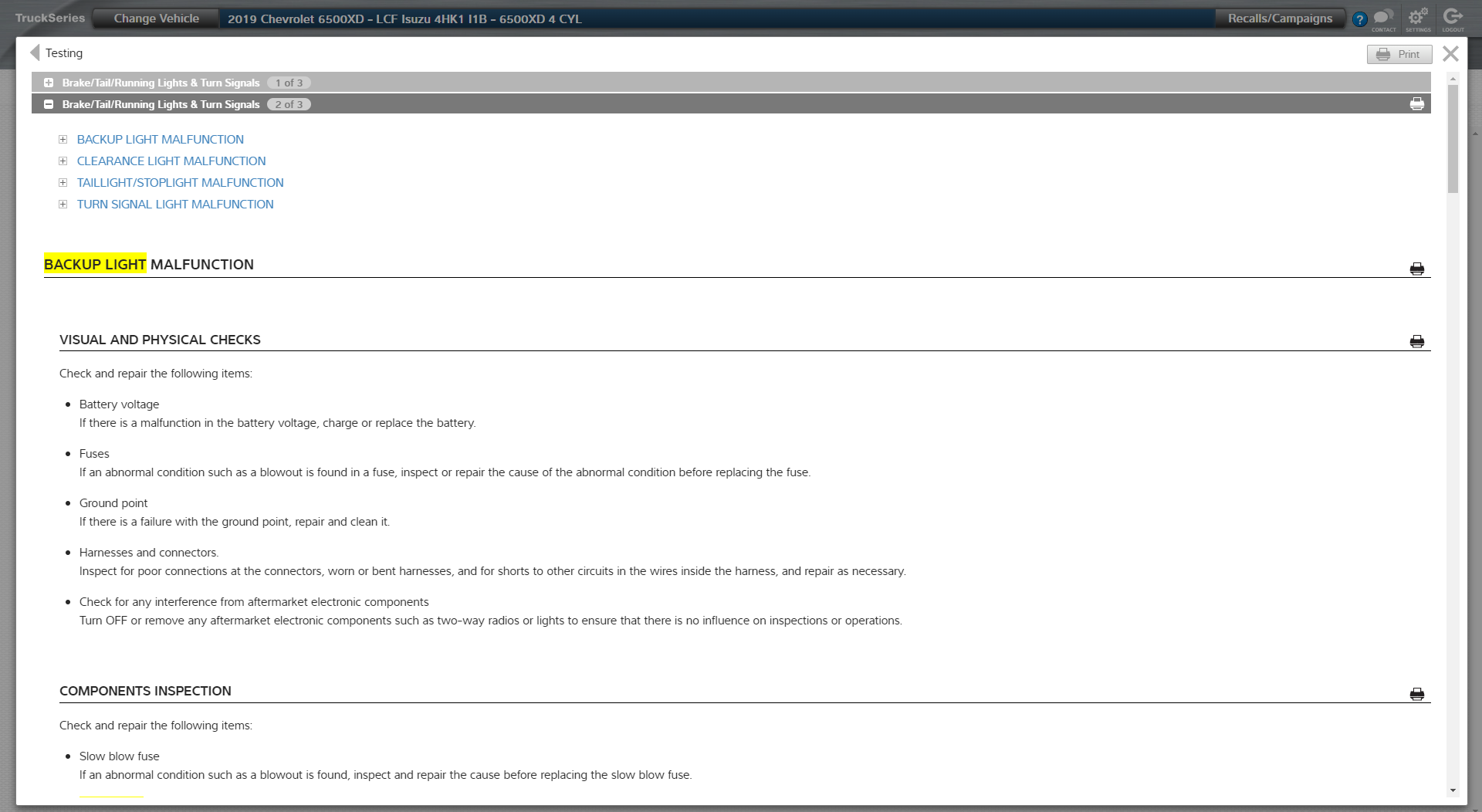Surprise! Time to Prepare for a DOT Inspection

Do you like surprises? Most of us would say yes, if it was a pleasant surprise. One surprise you probably would not appreciate is an unscheduled Department of Transportation (DOT) Inspection. Under the Authority of DOT, the Federal Motor Carrier Safety Administration (FMCSA) and law enforcement agencies across the country conduct millions of inspections each year to keep our highways and roadways safe for travel, not only for truckers, but also for regular motorists.
There are six different inspection levels, each listed below with a brief description:
- Level I: Includes vehicle, cargo, driver, and document inspection
- Level II: Walk-Around Driver/Vehicle Inspection – Same as level I without going under the vehicle
- Level III: Driver/Credential/Administrative Inspection – Pertains to driver and document inspection only
- Level IV: Special Inspections – These inspections usually are for a specific or unique issue
- Level V: Vehicle-Only Inspection – The driver need not be present
- Level VI: North American Standard Inspection for Transuranic Waste and Highway Route Controlled Quantities (HRCQ) of Radioactive Material – Similar to Level 1, except there’s increased scrutiny for radioactive cargo and documentation.
Level I is the most frequently performed inspection of the six. More commonly known as the North American Standard Inspection, this inspection includes driver’s licensing and qualifications, documentation, and cargo.
Level I, II, V & VI inspections also include assessing the condition of the vehicle systems and components according to Title 49, Section 396 of the Code of Federal Regulations (CFR), which covers vehicle inspection, repair and maintenance. During this inspection, the inspector will scrutinize the following systems and components during the vehicle inspection:
- Brake System
- Coupling Devices
- Exhaust System
- Fuel System
- Lighting Devices
- Safe Loading
- Steering Mechanism
- Suspension
- Frame
- Tires
- Wheels and Rims
- Windshield Glazing
- Windshield Wipers
According to the Commercial Vehicle Safety Alliance (CVSA), some of the most common vehicle-related violations discovered during DOT inspections are in the areas of lighting, brakes, and fluid leaks such as oil or fuel. So, the best way to pass a DOT inspection, even if it is a surprise, is to plan on it occurring and ensure your driver and your vehicle is prepared beforehand.
When you need the information to diagnose and repair those inoperative tail lights, out-of-adjustment brakes, or the engine oil leak that your driver reported yesterday, you can count on Mitchell 1 TruckSeries truck repair software to be in your shop, at your side.


Want to learn about TruckSeries?
Request a FREE DEMO today!
You may also like to read:

